The Coast Guard designates October each year as National Disability Employment Awareness Month (NDEAM), a time to remind ourselves of the importance of creating an inclusive work environment where all employees are valued and given an equal opportunity to succeed.
Throughout history, the pursuit of equality and access for people with disabilities has not been easy. But the tenacity and determination of the disability community and its allies has shaped important milestones and legal changes regarding disability rights and inclusive employment practices. This timeline traces the progress of disability rights and highlights key moments in history that shaped nations and paved the way for greater opportunities for people with disabilities.
1940s
1940 – Paul A. Stracheon founds the American Federation of the Handicapped, the first national organization to fight job discrimination against people with disabilities.
[1945-PresidentHarrySTrumanapprovesacongressionalresolutiondeclaringthefirstweekofOctober”NationalHandicappedEmploymentWeek”[1945年-ハリー・S・トルーマン大統領が、10月の第1週を「全国身体障害者雇用週間」と宣言する議会決議を承認。
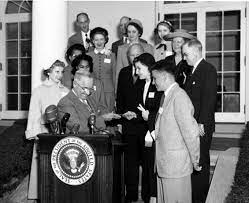
1950s
1950 – Mary Switzer becomes Administrator of the U.S. Vocational Rehabilitation Administration, promoting independence for people with disabilities and improving their quality of life.
1954 – The Brown v. Board of Education decision desegregated schools, laying the foundation for future laws mandating educational access for students with disabilities.
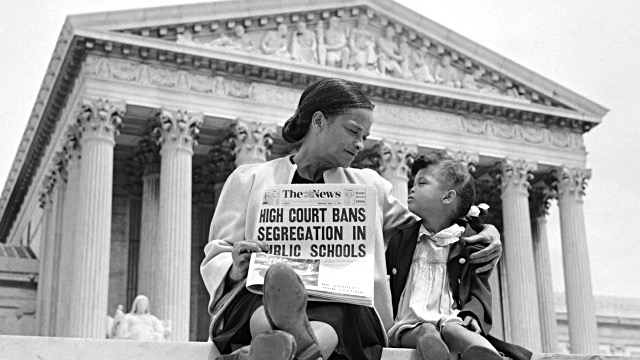
1958 – President Truman appointed Howard Rusk chairman of the Health Resources Advisory Committee of the Board on National Security Resources, which advocated for the employment of disabled people to support the domestic war effort.
1960s
1961 – The American National Standards Institute published the first accessibility standard, titled “Access to and Use of Buildings by Persons with Disabilities.”
1962 – The word “physically” was removed from “National Disabled Employment Week” to include individuals with any disability.
1963 – President Kennedy signs the Community Mental Health Act, changing the way mental health services are delivered to the American people.

1964 – The Civil Rights Act of 1964 was passed, but it made no provision for people with disabilities, and people with disabilities continue to be denied employment and discriminated against because of their disability.
1968 – The Architectural Barriers Act requires that all buildings designed, constructed, remodeled, or rented with federal funds be barrier-free.
1970s
1973 – The Rehabilitation Act of 1973 marked the beginning of civil rights for Americans with disabilities and prohibited discrimination in federally funded programs and activities. The act also established the Architectural and Transportation Barriers Compliance Board to develop and enforce accessibility standards for federal and federally leased buildings and facilities.
1977 – People with disabilities staged sit-ins in federal buildings to demand recognition of their civil rights under the Rehabilitation Act of 1973 and enforcement of Section 504.
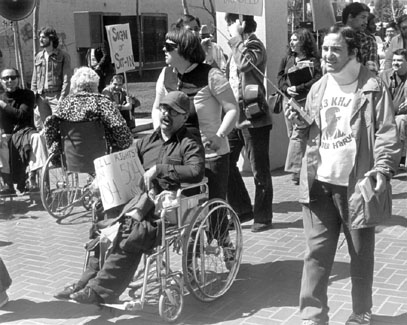
1978 – The Ministry of Education established the National Council on Disabled Persons to ensure equal educational opportunities for all people with disabilities.
1980s
1982 – Alan A. Reich founded the National Organization on Disabilities to expand the participation and contributions of Americans with disabilities in all aspects of life and to eliminate participation disparities.
1983 – The National Council on Disabilities urges Congress to “act immediately to include persons with disabilities in the Civil Rights Act of 1964 and other civil rights and voting rights laws and regulations.”
1988 – Congress expanded “National Disability Employment Week” to a month and changed the name to “National Disability Employment Awareness Month.”
1990s
1990 – President George H. W. Bush signs the Americans with Disabilities Act, guaranteeing Americans with disabilities unlimited access to public accommodations, equal employment opportunity, and equal access to government services and employment opportunities.
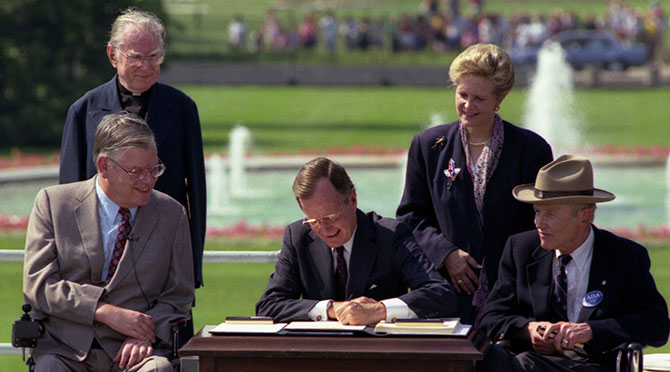
1996 – Federal Telecommunications Act requires that computers, telephones, closed captioning, and many other telecommunications devices and equipment be made accessible.
1998 – Section 508 of the Rehabilitation Act is amended to require federal agencies to provide individuals with disabilities with access to electronic information and data equivalent to individuals without disabilities.
1999 – Olmstead v. Lois Curtis and Elaine Wilson requires states to provide services in the most integrated setting possible, protecting the right of people with disabilities to live in their communities.
2000s
2000 – President Clinton passes Executive Order 13163 to promote employment opportunities for people with disabilities at all levels and in all occupations in the Federal government.
2001 – The Ministry of Labor established the Office of Disability Employment Policy to increase the number and quality of employment opportunities for people with disabilities.
2004 – The Assistive Technology Act of 2004 maximized the ability of people with disabilities to select, obtain, and use assistive technology.

2008 – President George W. Bush signs the Americans with Disabilities Act Amendments Act, emphasizing that the definition of disability should be interpreted broadly to cover individuals to the greatest extent permitted by the provisions of the ADA.
2010s
2010 – President Obama signs Executive Order 13548, requiring the Federal Government to be an exemplary employer of persons with disabilities and for each Department or Agency to develop a plan to improve its recruiting and hiring processes for qualified individuals with disabilities.

2013 – Section 503 of the Rehabilitation Act was amended to prohibit federal contractors and subcontractors from discriminating against qualified applicants and employees.
2014 – The Workforce Innovation and Opportunity Act of 2014 established a clear national priority for the employment of people with disabilities.
2017 – Section 501 of the Rehabilitation Act is amended to add employment goals for federal agencies and require them to provide personal assistance services, as needed, to employees with covered disabilities.
2020s
2020 – 30th anniversary of the Americans with Disabilities Act.
2023 – The Coast Guard and the Disability Alliance Resource Group signed a formal Memorandum of Understanding making DARG an official Coast Guard affinity group. DARG aims to raise awareness of workplace issues that affect individuals with disabilities and increase inclusive recruiting efforts across the service.
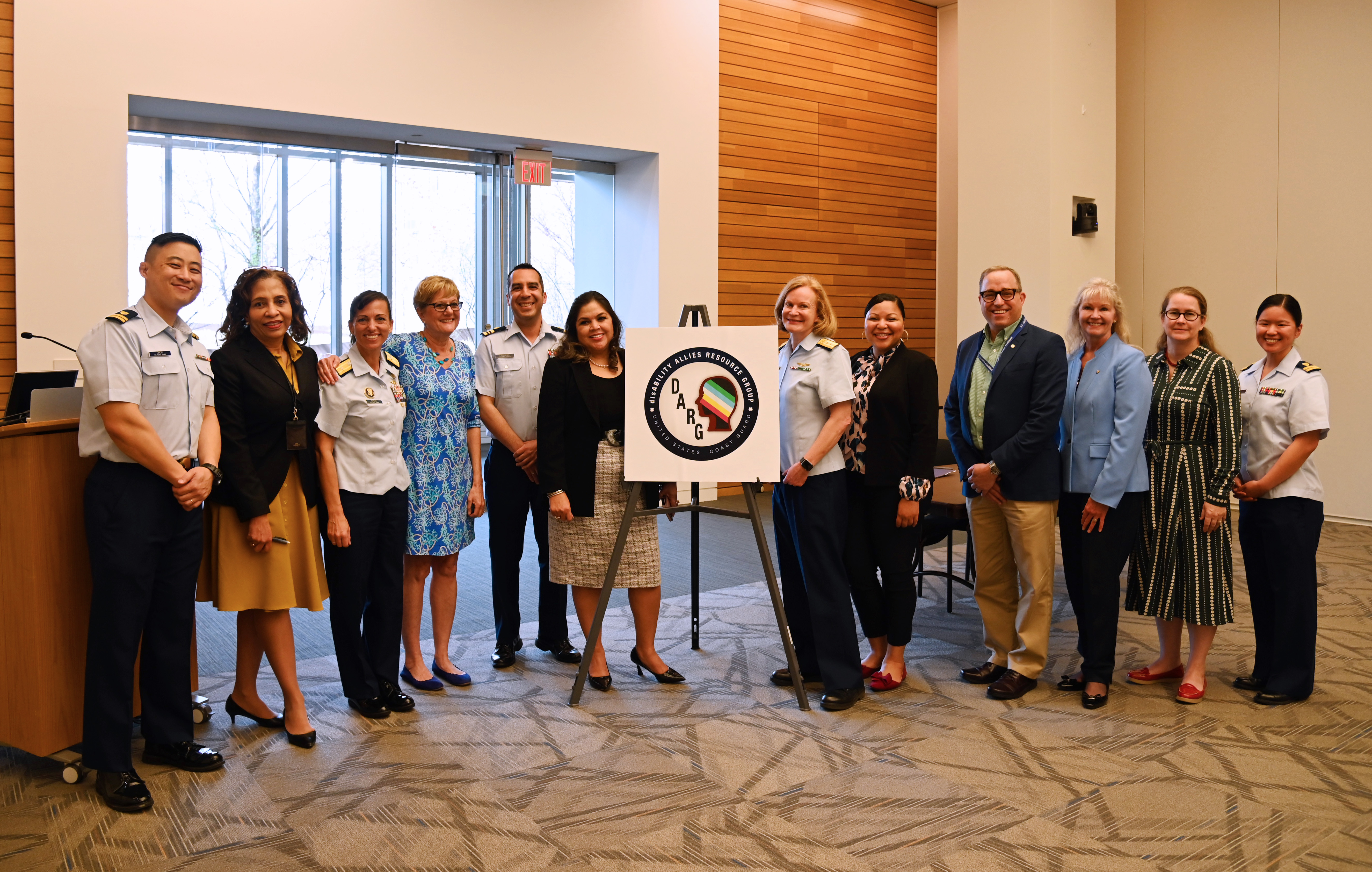
2023 – marks the 50th anniversary of the passage of the Rehabilitation Act of 1973, the first federal law to address access and equity for people with disabilities.
To learn more about NDEAM and how you can help raise awareness, visit the Department of Labor’s NDEAM website at https://www.dol.gov/agencies/odep/initiatives/ndeam.
For more information about the Coast Guard’s DARG, contact Chairperson Linda Aase at [email protected] or Lt. Vincent Escobedo at [email protected].
